We asked three women in STEMM at RMIT about the emerging trends in AI, and how they address questions of transparency and privacy.
Artificial Intelligence technology is increasingly embedded in our society and as its prevalence grows, so too does the conversation around the ethics of its development and use.
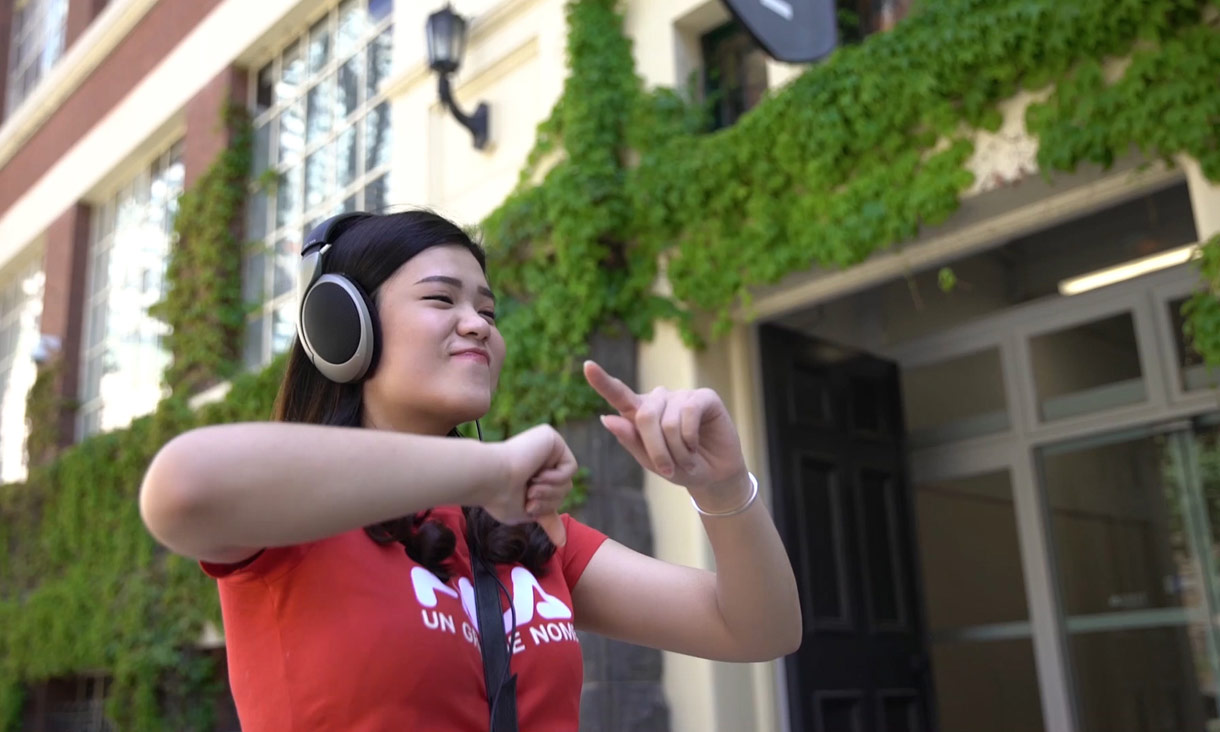
What's next for Artificial Intelligence?
From driverless cars, to music, medicine and cybersecurity. What's next for Artificial Intelligence? Be at the forefront of tomorrow's jobs. Study in state-of-the-art facilities and prepare to launch a career in Artificial Intelligence.
Senior Lecturers Julie Porteous and Minyi Li in Computer Science and Software Engineering shared the importance of industry-connected programs where students gain valuable experience through working on real industry problems. Associate Professor Flora Salim in Computer Science and IT shared her focus on solving real world problems like traffic congestion, pedestrian flows and rates of crime with innovative computer science solutions.
We asked them to tell us about what they’re excited by in AI research, research coming out of RMIT and what students of the new Master of Artificial Intelligence program can expect.
What are some recent trends and advancements in AI?
Flora: We’re seeing more discussion around FATE: Fairness, Accountability, Transparency, and Ethics in AI. AI researchers are becoming more aware of their responsibility to develop transparent and explainable machine learning models and autonomous decision making systems that can be held accountable when things go wrong. They’re developing AI models that are much fairer to the users.
The use of AI and machine learning in smart cities and transportation is increasing, as we can see already with autonomous cars. Most people in major cities in the world get stuck in traffic so if AI is well integrated into the system, it will help people move around more efficiently and thus improve daily productivity.
Julie: In the next decade I think we’ll definitely see an increase in AI in transport, with increasing numbers of driverless cars, autonomous vehicles and delivery drones.
The trend towards application of AI in all areas of health care will continue to increase: from areas such as diagnosis, scan processing, through to intelligent delivery mechanisms and robot-assisted health care.
Tell us about exciting AI applications and research coming out of RMIT.
Minyi: We have the AI Innovation Lab targeting practical real-world problems by bringing cutting-edge AI to industries including Transport, Food and Agriculture, and Advanced Manufacturing.
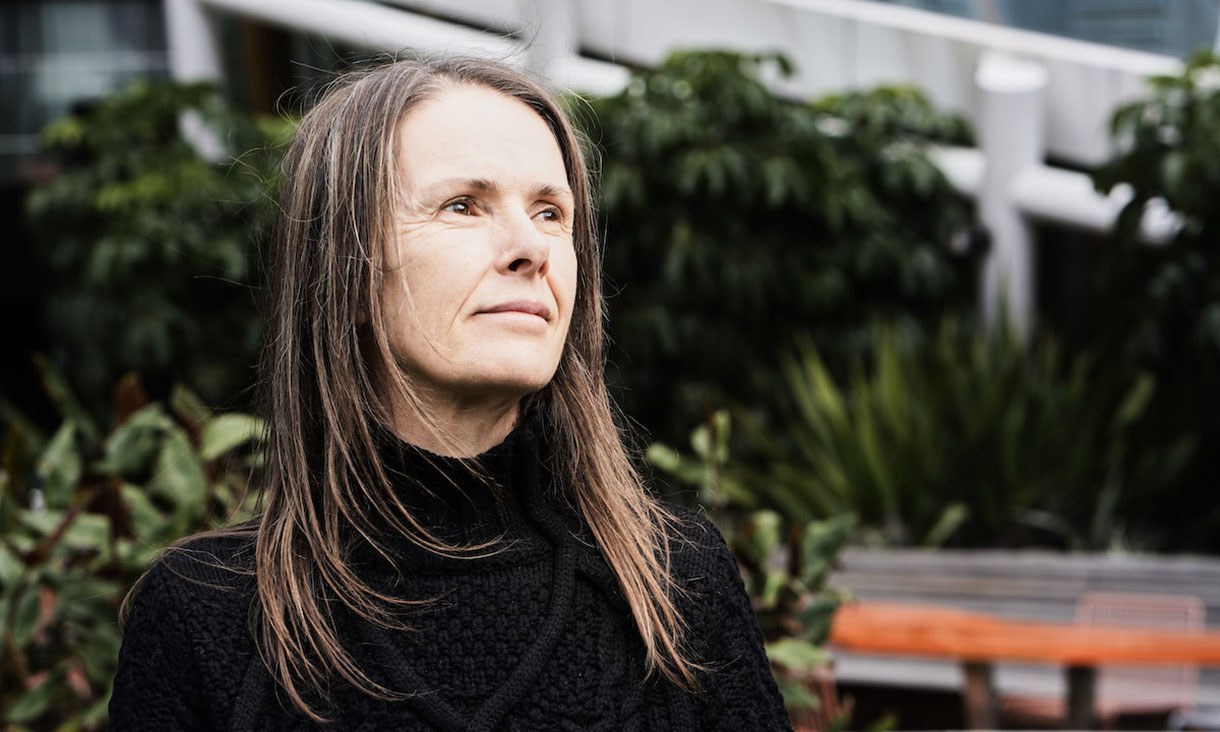 "At RMIT, there’s a strong focus on employability and helping students prepare for the future of work." Dr Julie Porteous, Senior Lecturer in Computer Science
"At RMIT, there’s a strong focus on employability and helping students prepare for the future of work." Dr Julie Porteous, Senior Lecturer in Computer Science
Julie: There’s a lot of exciting research work in AI within the computer science disciplines with active research across the field: from robotics, optimisation, games and mixed reality to machine learning, computer vision and agent-oriented systems.
Flora: I’m most excited about harnessing the power of AI to generate models from the big data from sensors in cities and users. Modelling with data that captures the dynamics of multiple users at city-scale is still a challenging problem. I’m also excited about the work from RMIT-Microsoft Cortana Intelligence Institute focusing on working the next generation task assistant.
What are some of the main industries you see AI making a change in?
Julie: It’s hard to imagine any industry where AI won’t be used, not to replace humans, but in the form of intelligent tools to help humans perform tasks by removing the hazardous, time-consuming and laborious tasks.
Flora: AI will transform many industries: retail, entertainment, health, transportation, energy, industry and defence.
Minyi: Public health and education. Across AI uses we’re seeing advances not only in the technology but in the trust and collaboration between humans and systems. It’s great to see AI and machine learning being applied in public health areas. As well as training more accurate models, increasing amounts of effort have been put into making those models transparent and interpretable in order to build up the trust between health practitioners and models. AI is revolutionising our way of education and it’s exciting to see how it could enable us to deliver self-adapted education that suits students with various backgrounds.
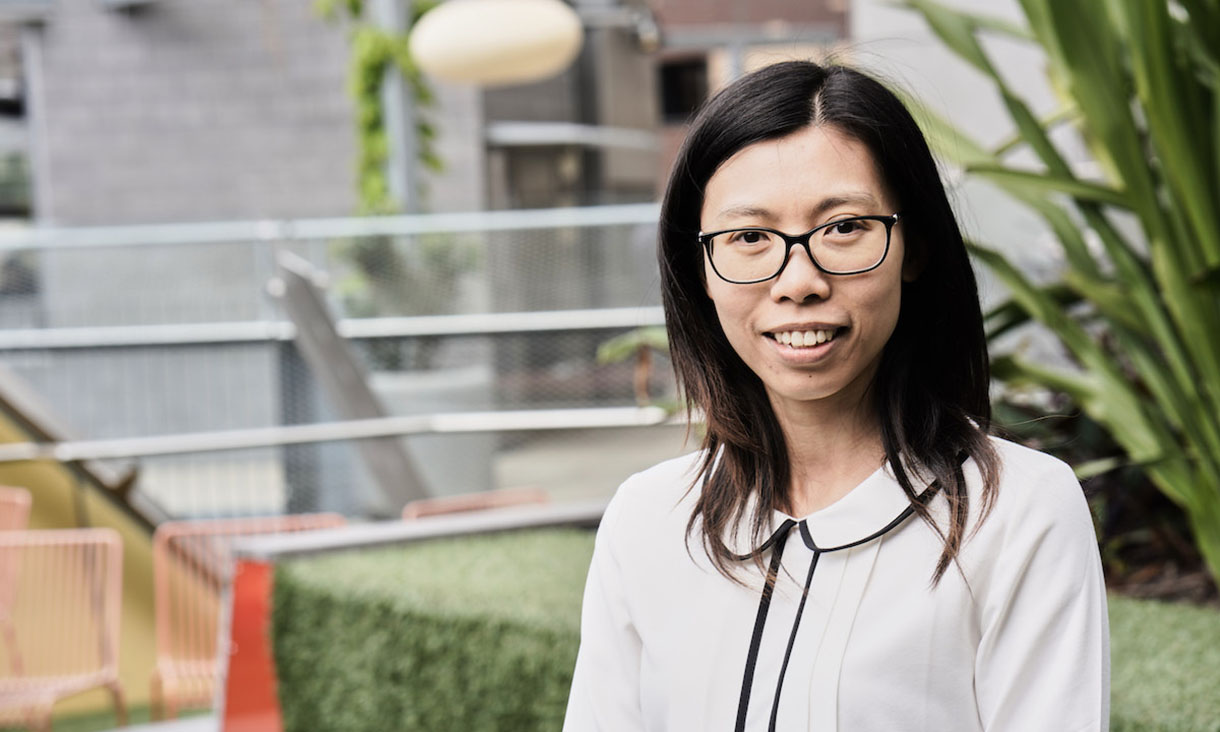 "Students learn not only the mathematical foundation of computer science but also gain practical hands-on experience." Dr Minyi Li, Senior Lecturer in Computer Science
"Students learn not only the mathematical foundation of computer science but also gain practical hands-on experience." Dr Minyi Li, Senior Lecturer in Computer Science
What makes RMIT a unique place to work and learn?
Minyi: There’s a lot of support for internationalism and gender equality. The STEMM program at RMIT provides support across research, education and leadership. RMIT recently achieved the Athena SWAN Bronze award, part of the Science in Australia Gender Equity initiative, for promoting gender equality.
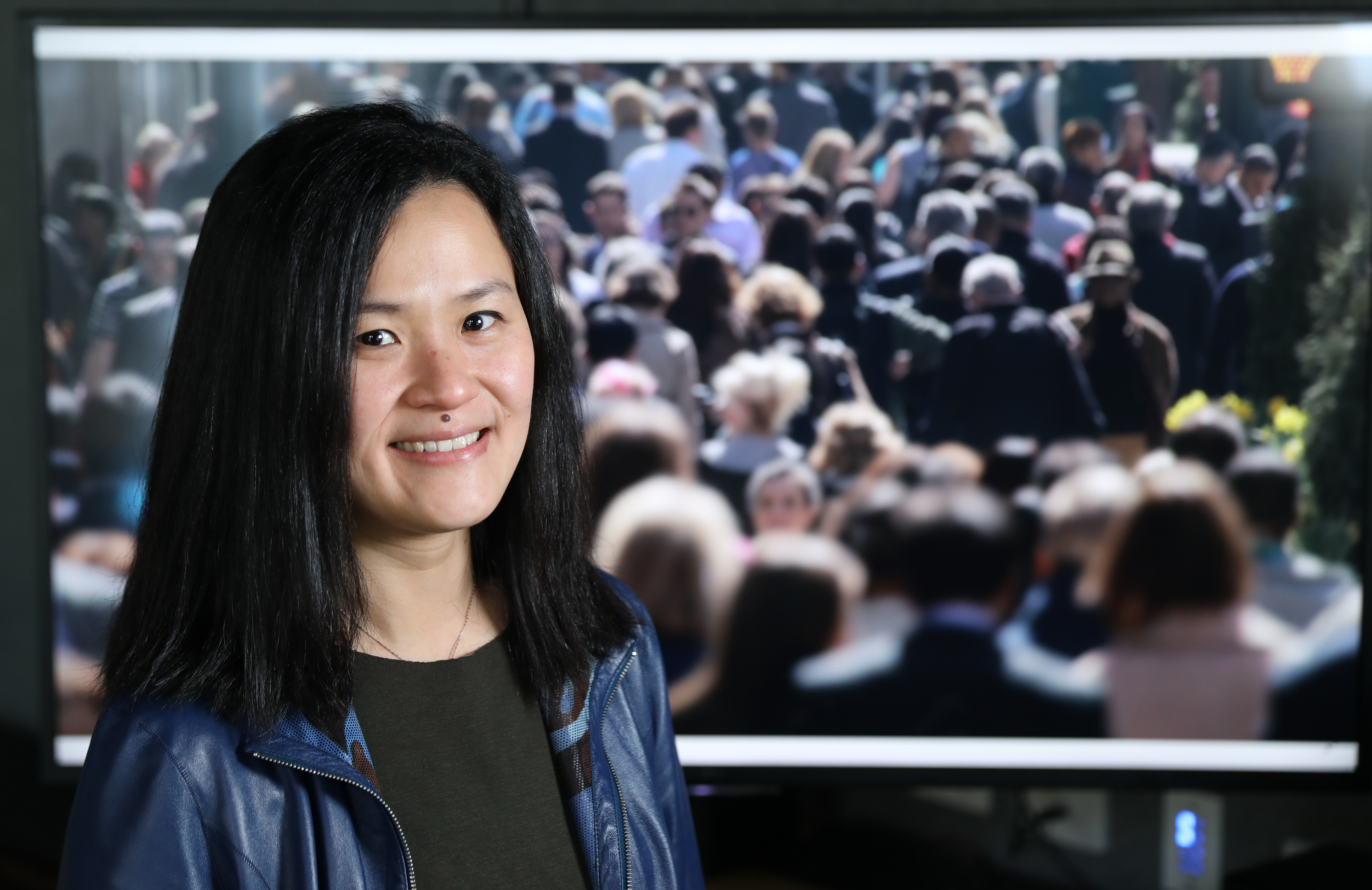 "RMIT provides an exciting research environment for this research area." Dr Flora Salim, Associate Professor in Computer Science and IT
"RMIT provides an exciting research environment for this research area." Dr Flora Salim, Associate Professor in Computer Science and IT
Flora: RMIT provides an exciting research environment for this research area, and it’s also very industry relevant as much of our research is funded by industry.
We also have relevant non-Computer Science disciplinary expertise that enables us to work and collaborate across disciplines. A recent piece of work we did was developing a wearable that can be easily applied on the forehead to detect sleep apnea, using a machine learning model we trained on sleep apnea patients. This was done in collaboration with sleep scientists, sensor engineers, and wearable designers at RMIT.
How does RMIT prepare students for the future of work?
Julie: There’s a strong focus on employability and helping students prepare for the future of work. As well as technical computer science skills, students benefit from work integrated learning, authentic assessment, a focus on industry standard tools and techniques, along with development of soft skills like teamwork, project planning and presentation skills.
Minyi: Students learn not only the mathematical foundation of computer science but also gain practical hands-on experience so that they are ready for work when they graduate.
We have capstone units where students work with industry sponsors or supervisors so that they understand how the workplace functions and learn to interact with clients while working on real industry problems.
Flora: RMIT has a strong reputation for research in AI and data science, and the programs are also very industry relevant so students will gain hands-on experience in the field. Computer Science professors in RMIT have great depth of expertise in AI, machine learning, data science, optimisation, security, Internet of Things and networking, and all the other related fields.
Story: Hilary Jones
You may also like
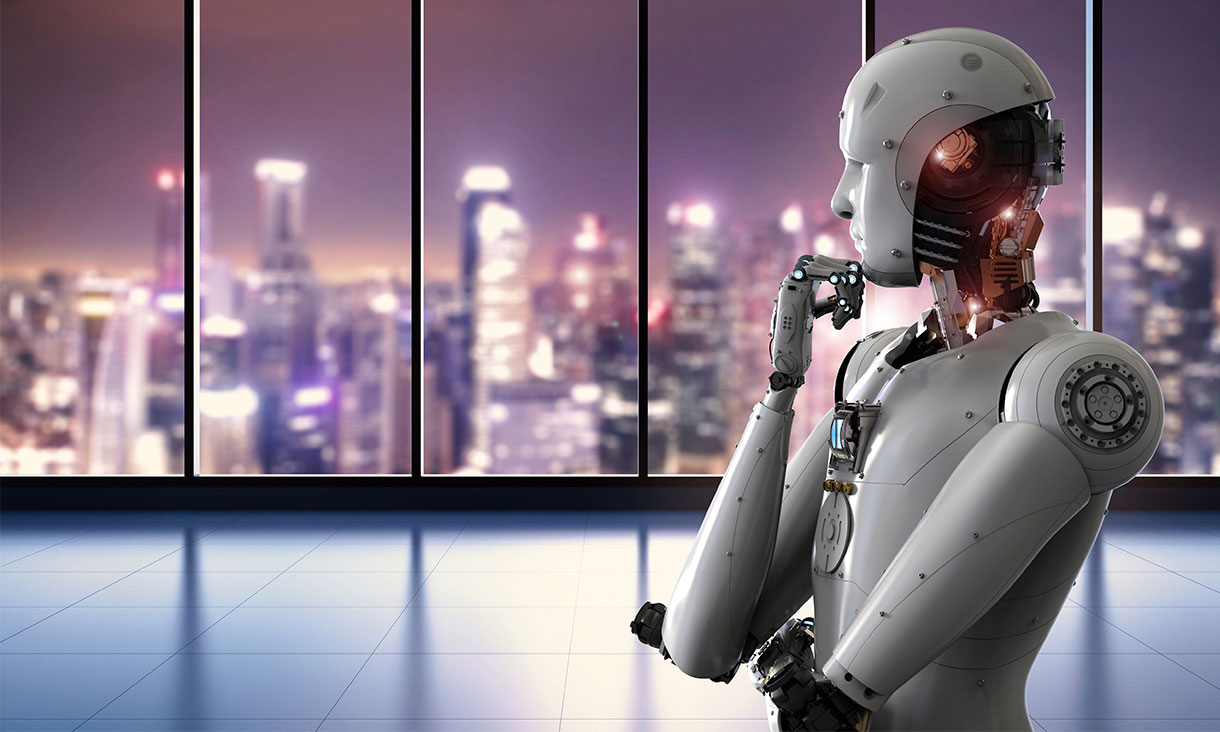
How AI is about to change your life
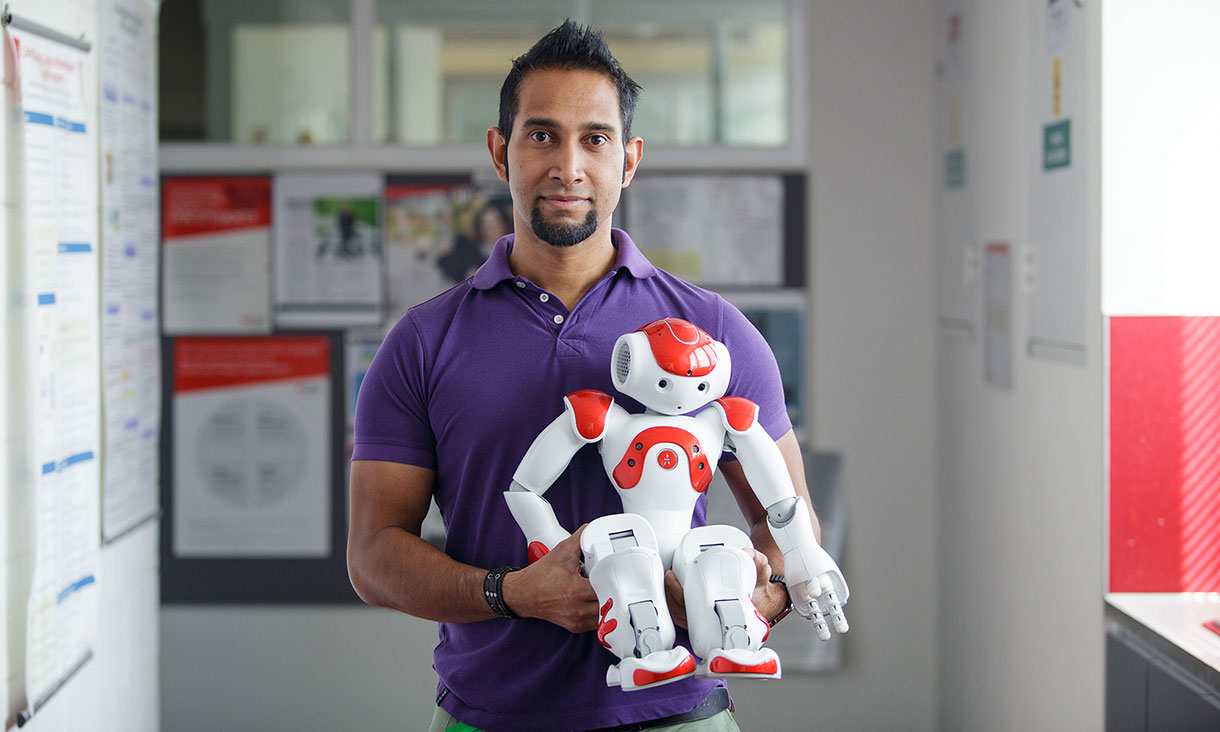
OK computer: Artificial intelligence and workplaces of the future
